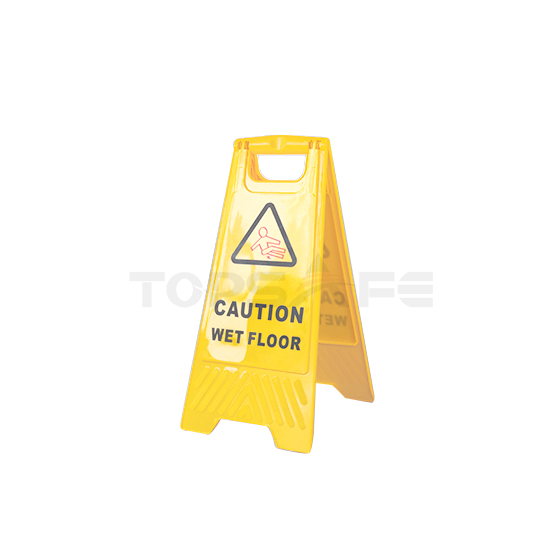Generally, the higher the road level, the faster the driving speed, and the higher the level of reflective film required for traffic signs. Reflective film is divided into seven types:
The main findings are as follows:
(1) The type I glass microbead structure is usually called engineering-grade reflective film, and its service life is generally 7 years, which can be used for permanent use of traffic signs and operating area facilities.
(2) Class II, usually a lens inlaid glass bead structure, is called super engineering grade reflective film, with a service life of 10 years, and can be used for durable traffic sign degradation operation area facilities.
(3) The third is the usual sealed glass bead structure, called high-strength reflective film. Its service life is generally 10 years and can be used for permanent use of traffic signs and operating area facilities.
(4) Class IV, usually a microprism structure, called super reflective film, with a service life of 10 years, which can be used for permanent use of traffic signs, operating area facilities and contour signs.
(5) Type V, usually a kind of micro-prism structure, called a large-angle reflective film, with a service life of 10 years, which can be used for permanent use of traffic signs, operating area facilities and contour signs.
(6) VI, usually a micro prism structure with a service life of 3 years, can be used as contour signs and traffic pillars, and can also be used for facilities in the operating area and traffic signs with fewer characters when there is no metal coating.
(7) Level VII, usually adopts micro prism structure, flexible materials, and generally has a service life of 3 years. It can be used for temporary use of traffic signs and operating area facilities.
If the total speed of the highway exceeds 80 km/h, it is necessary to use the IV super reflective film with high reflectivity and long service life.





